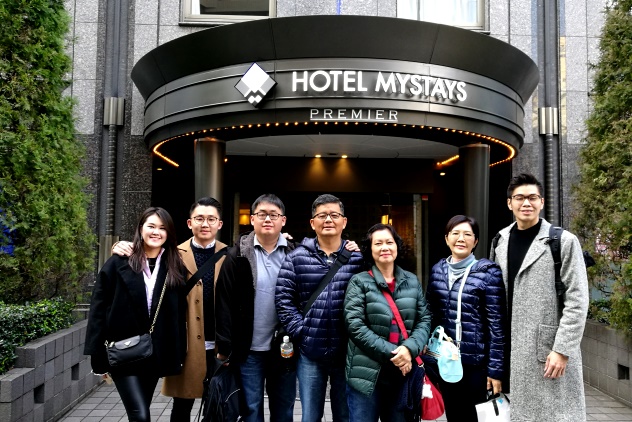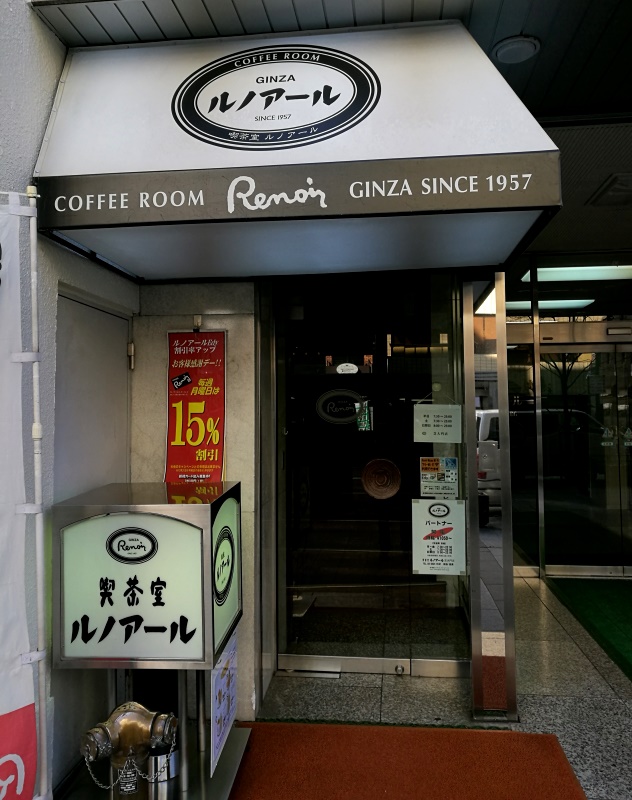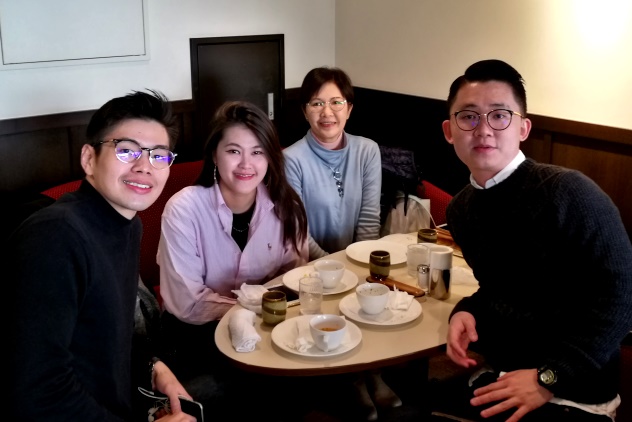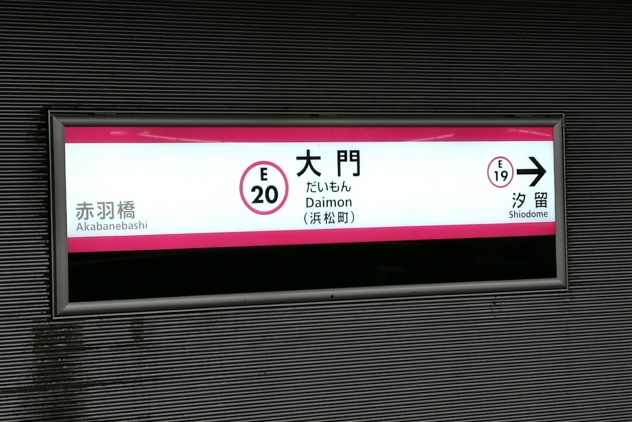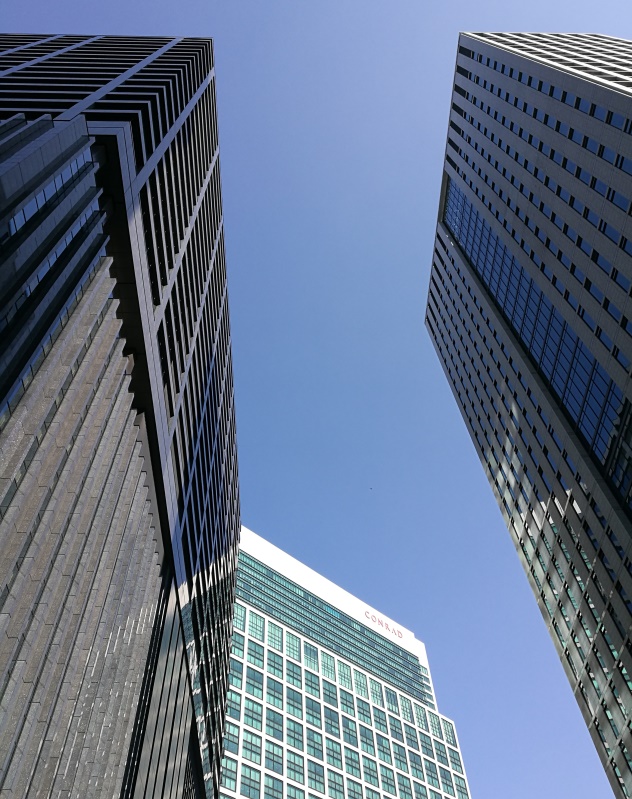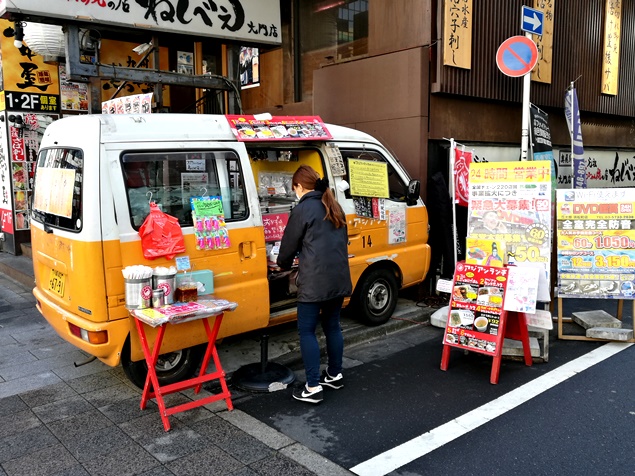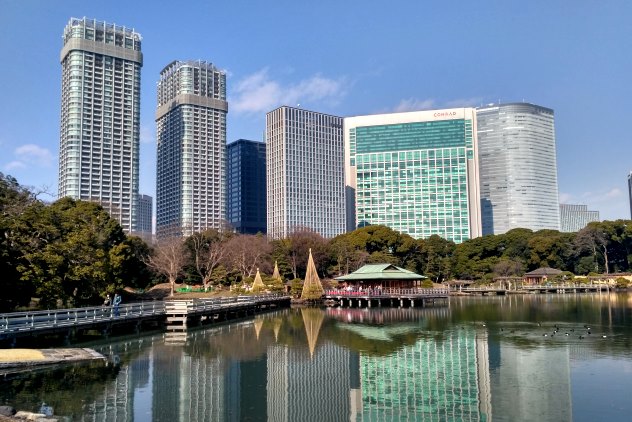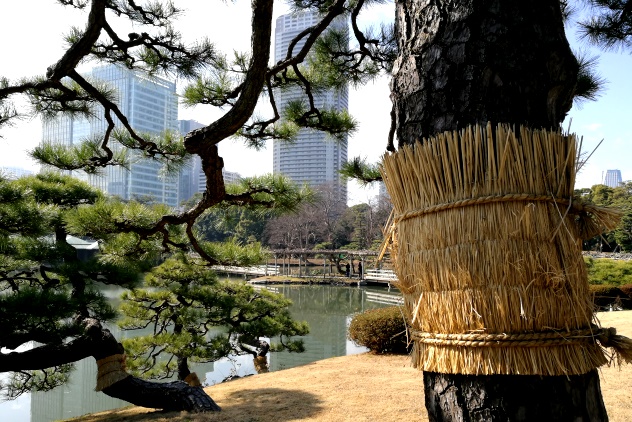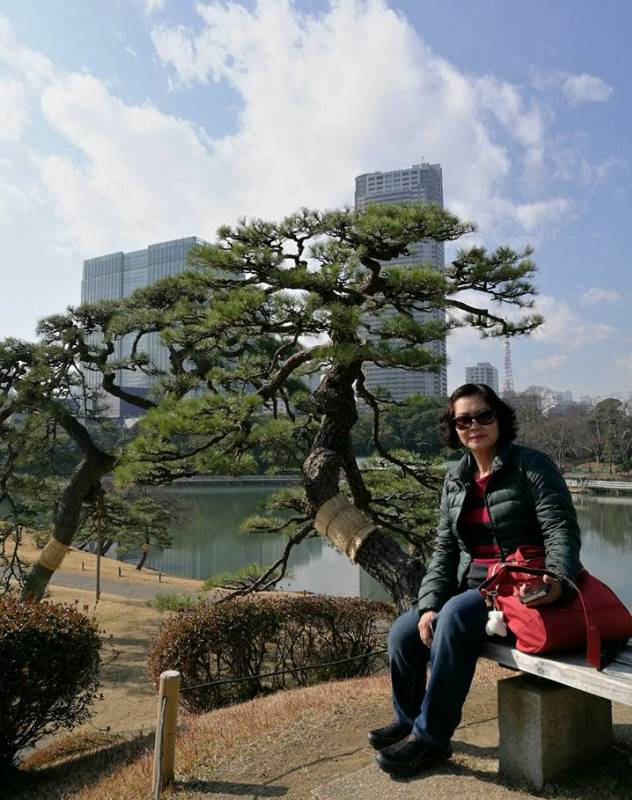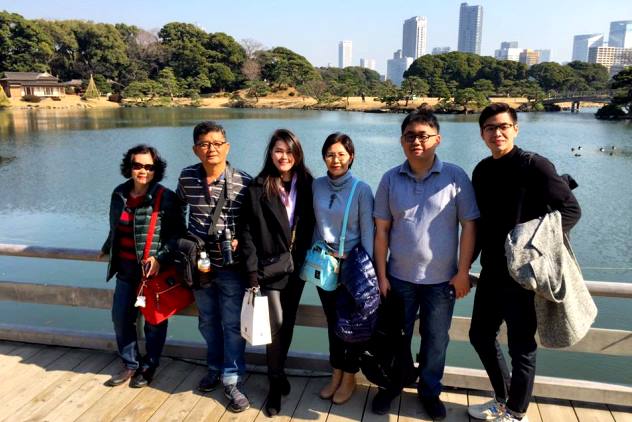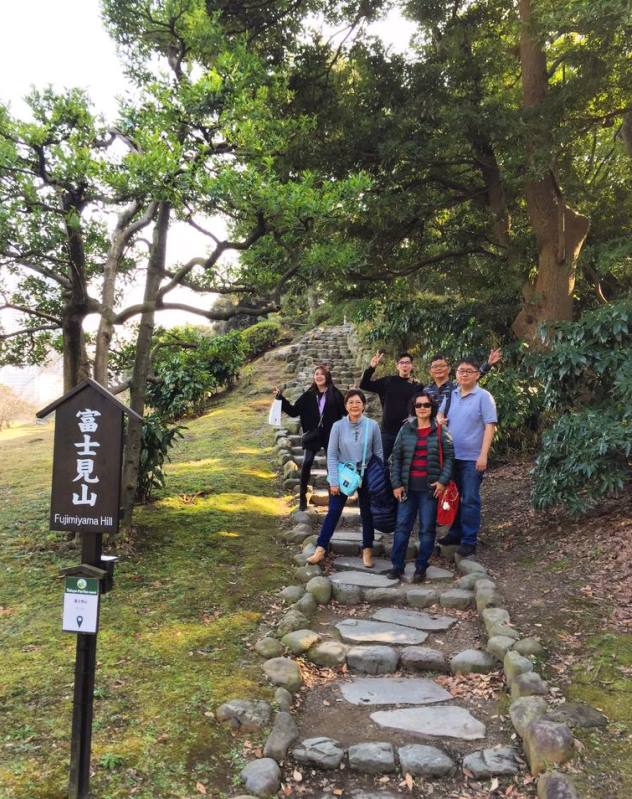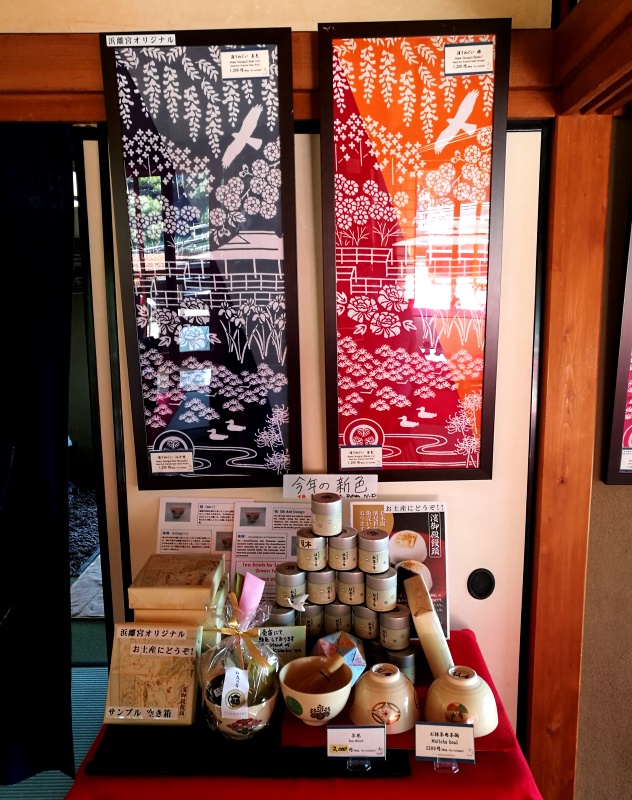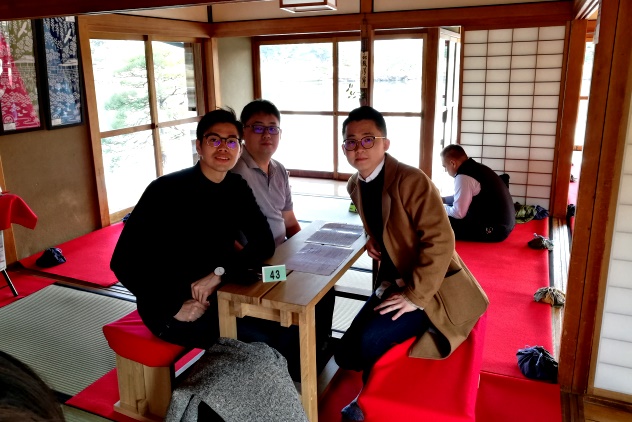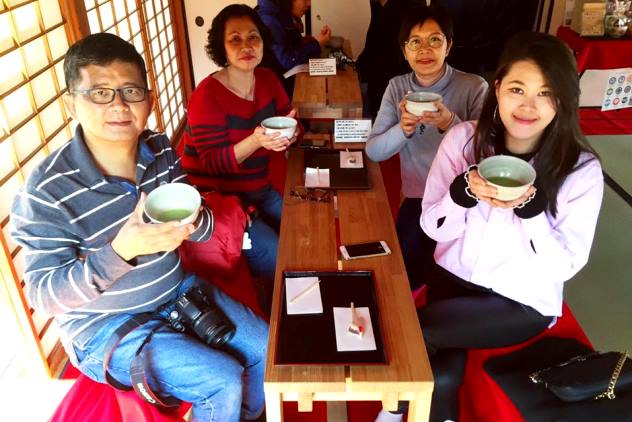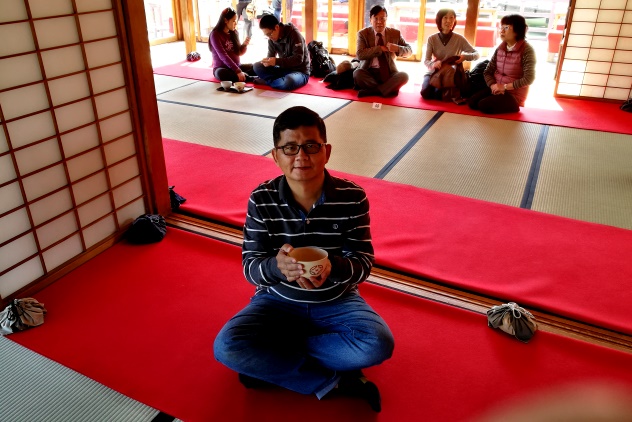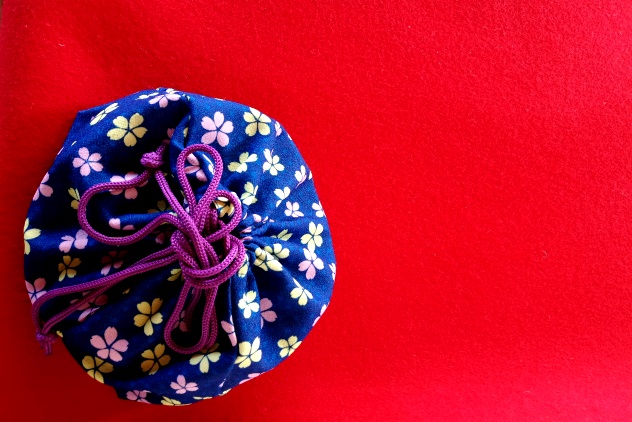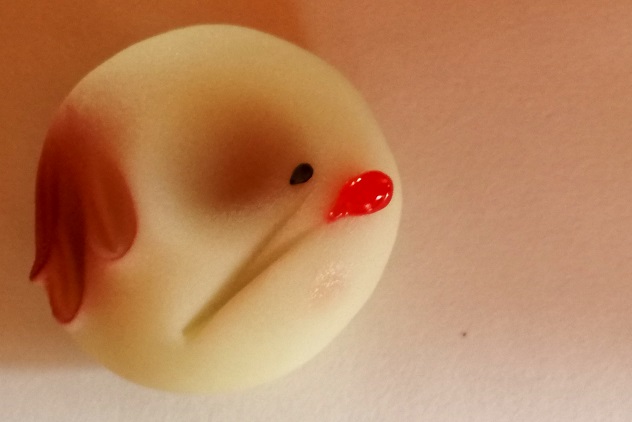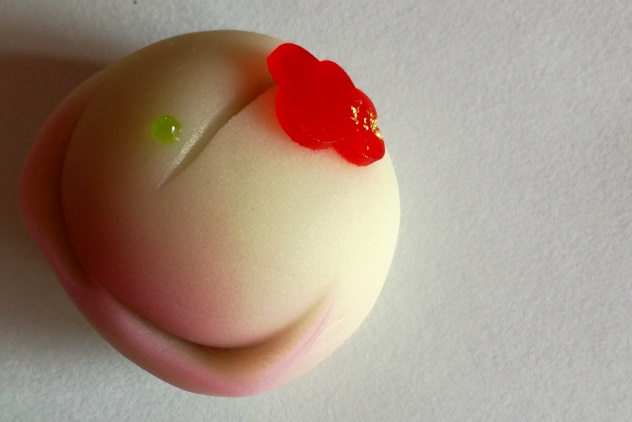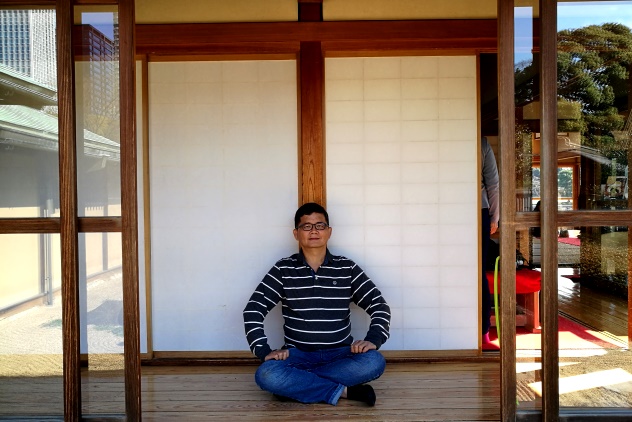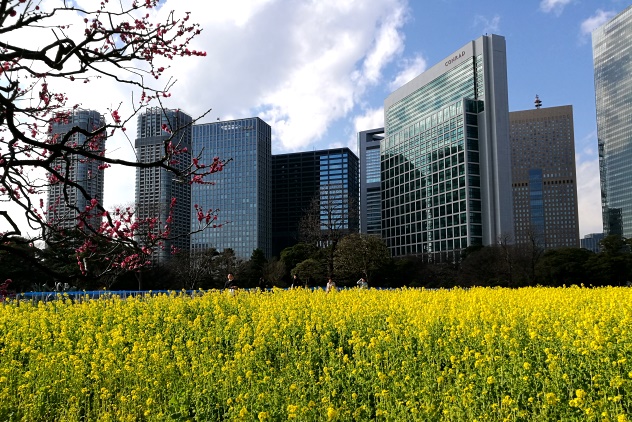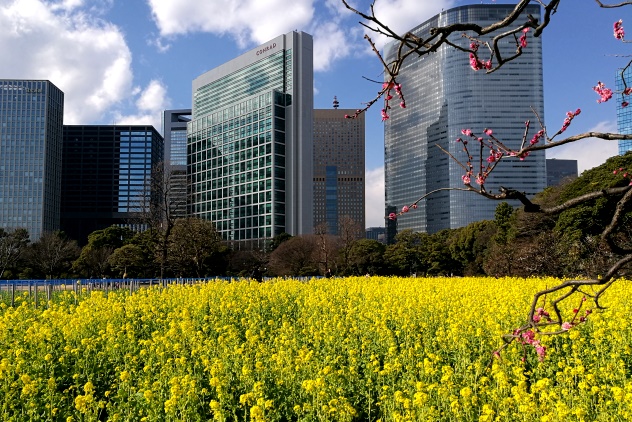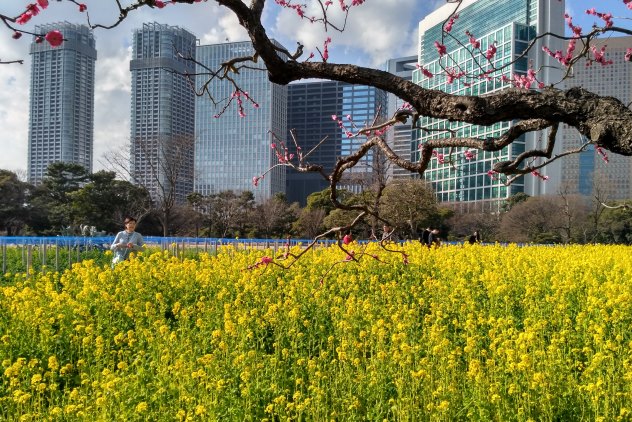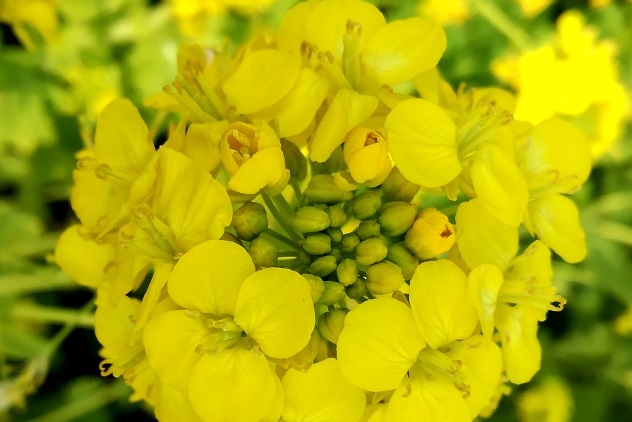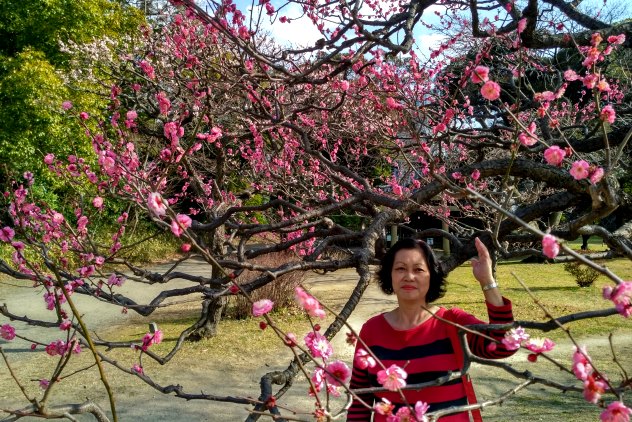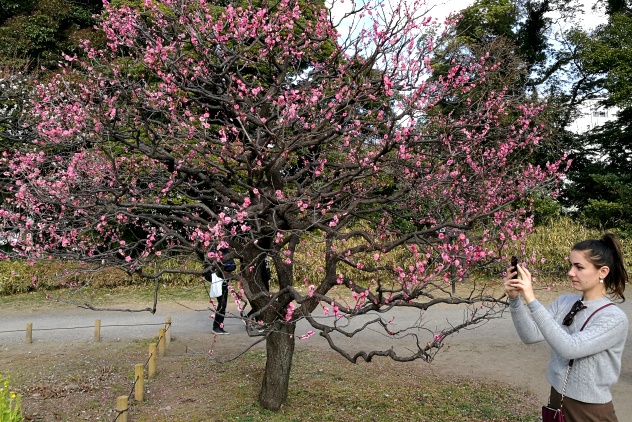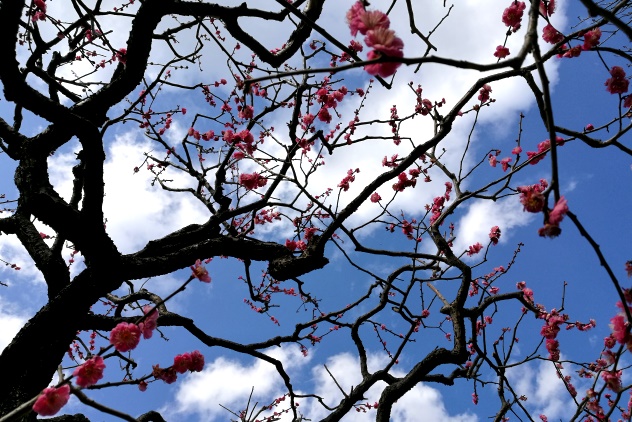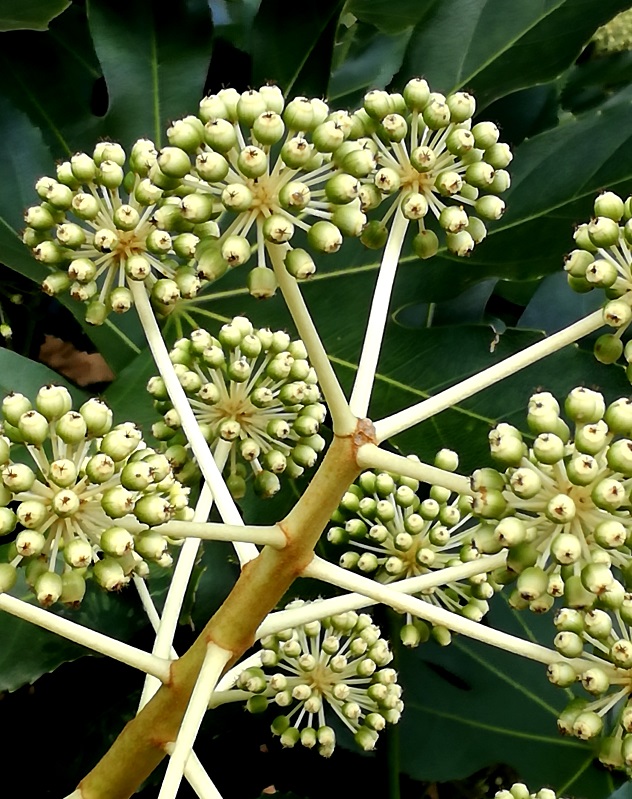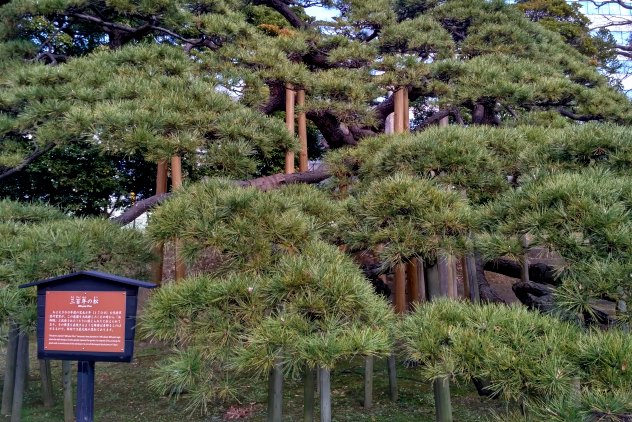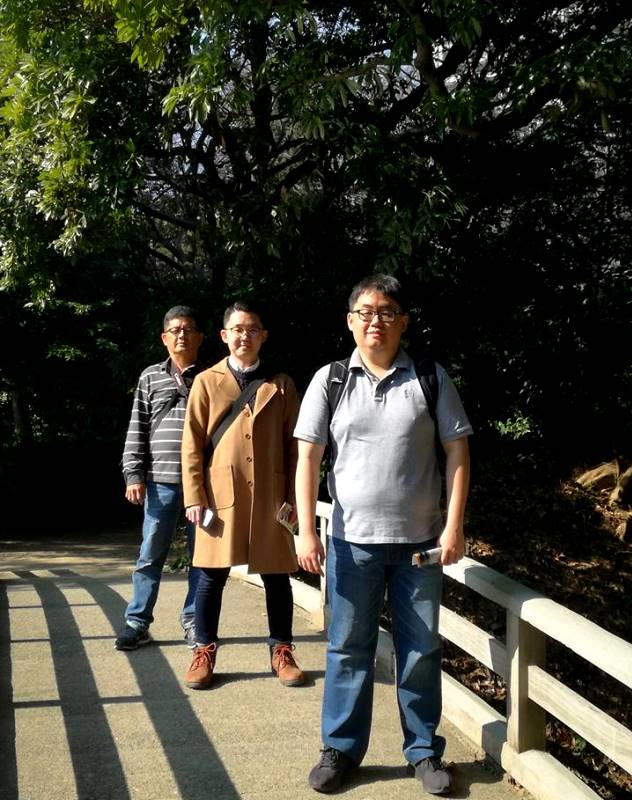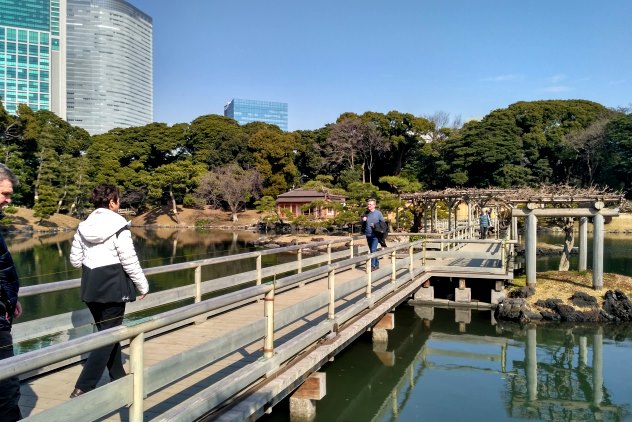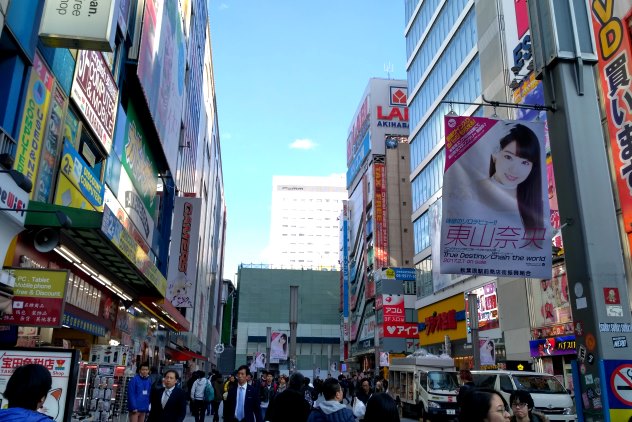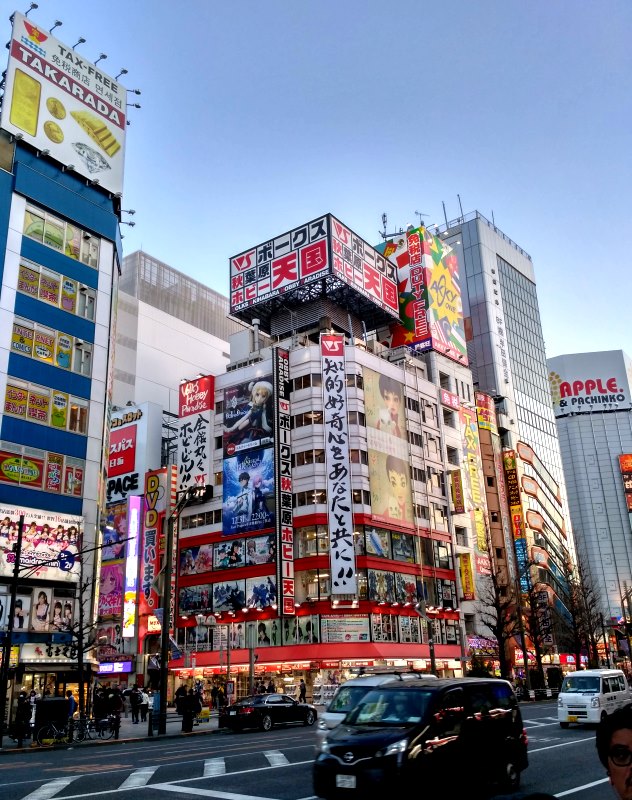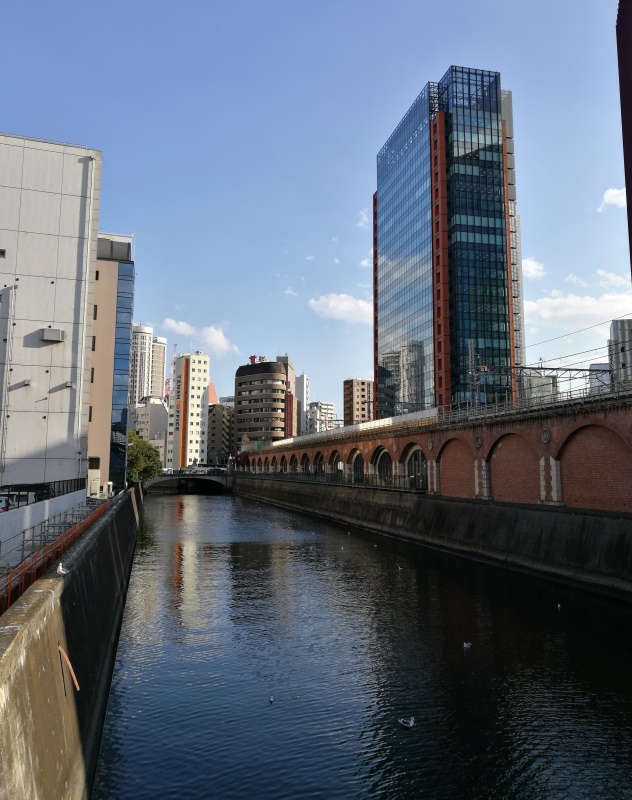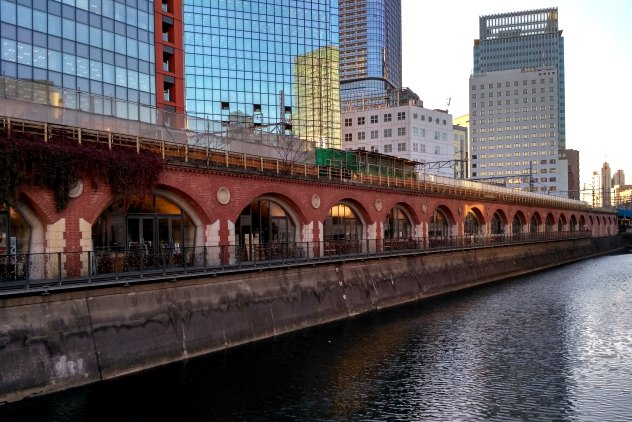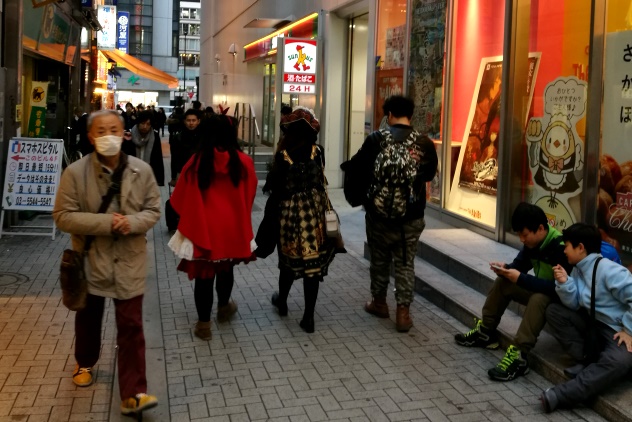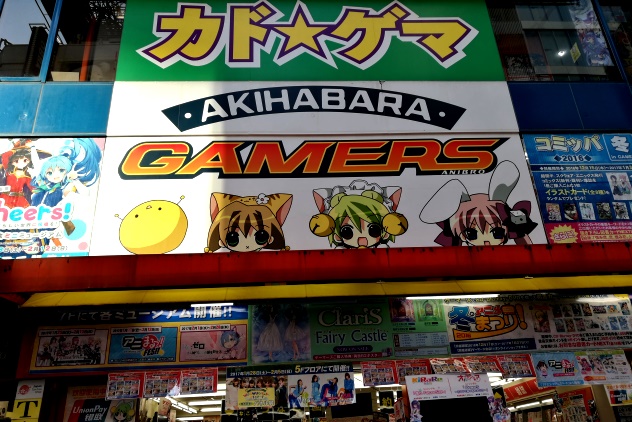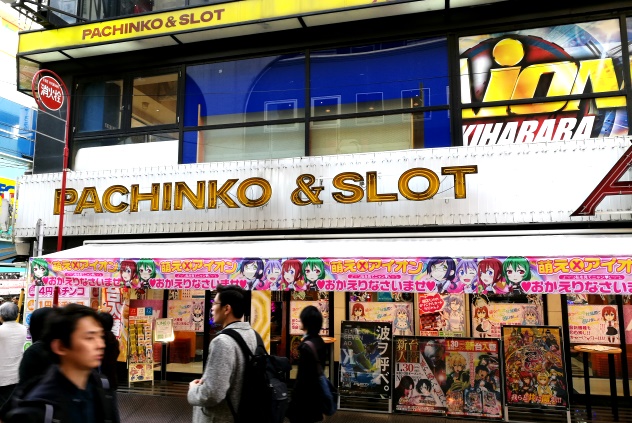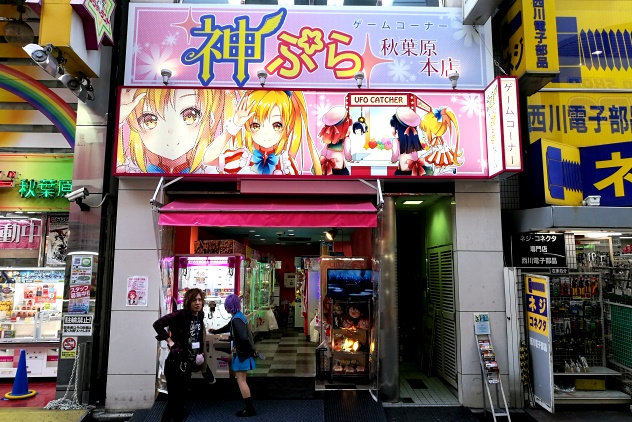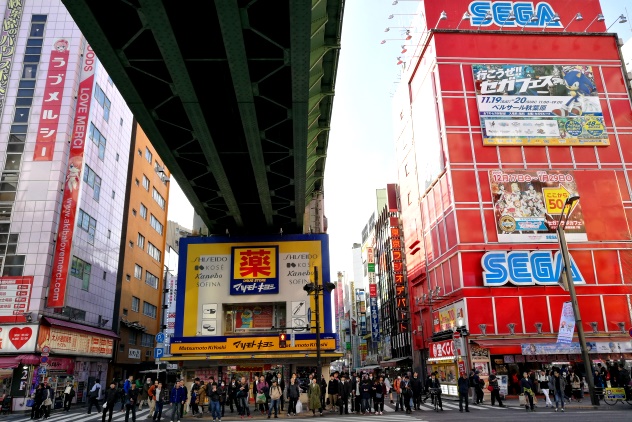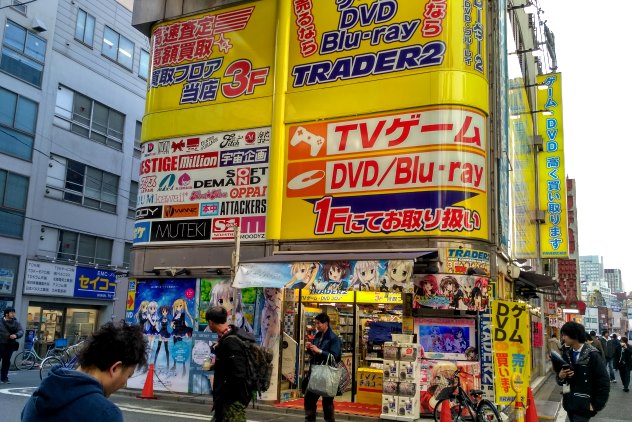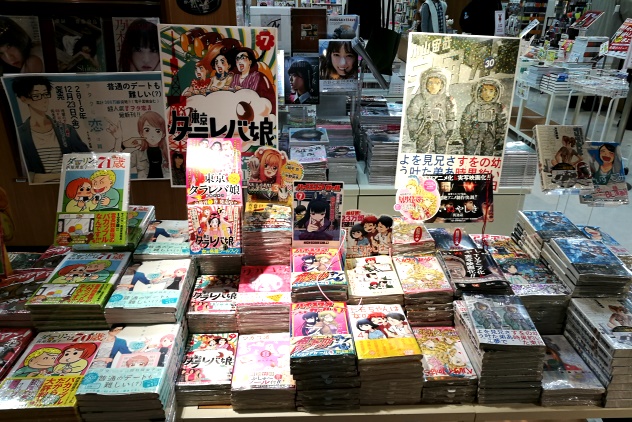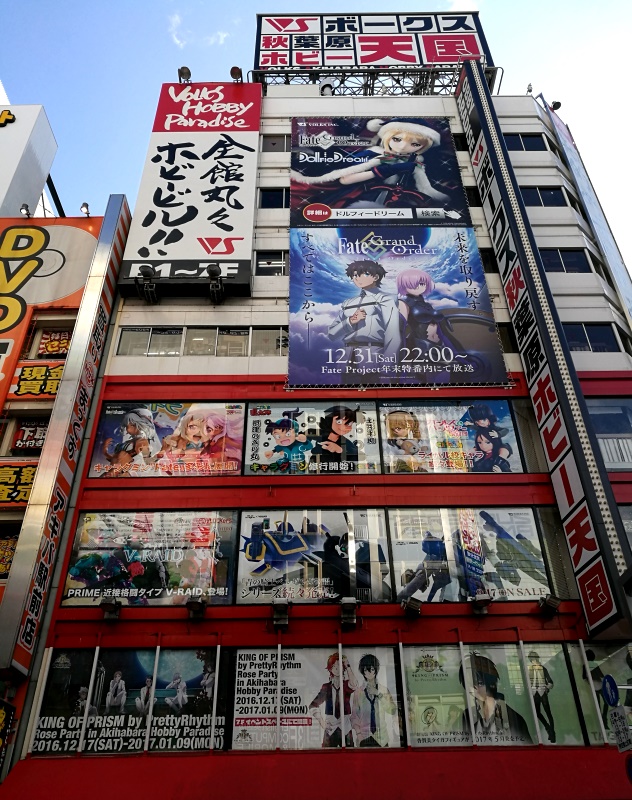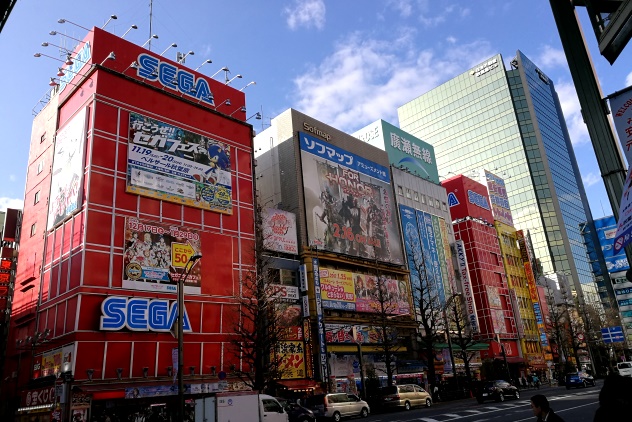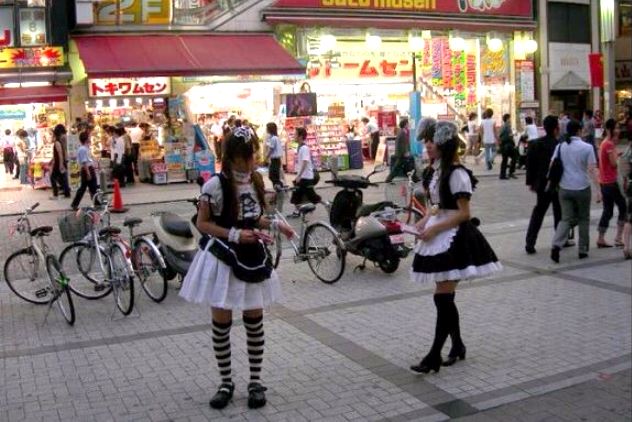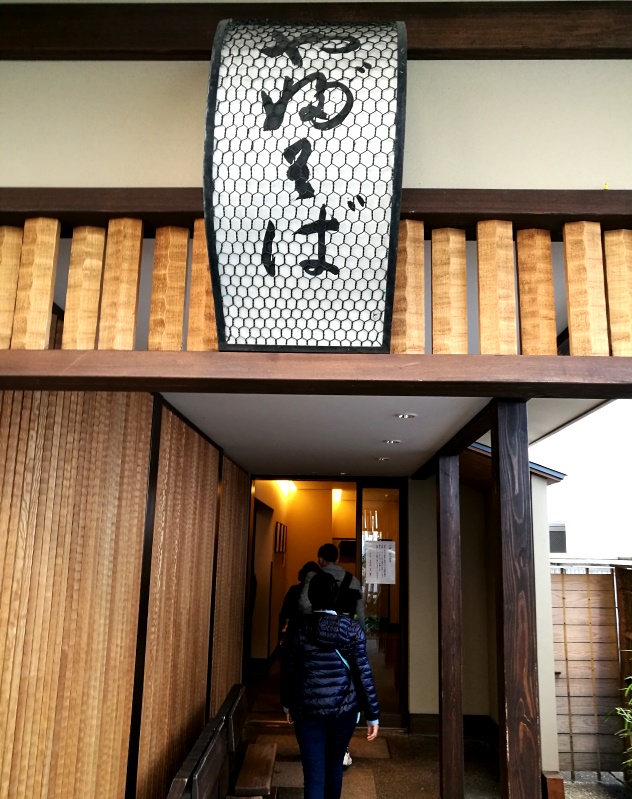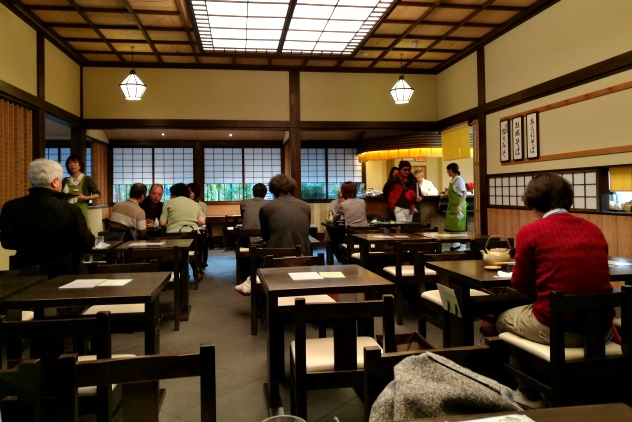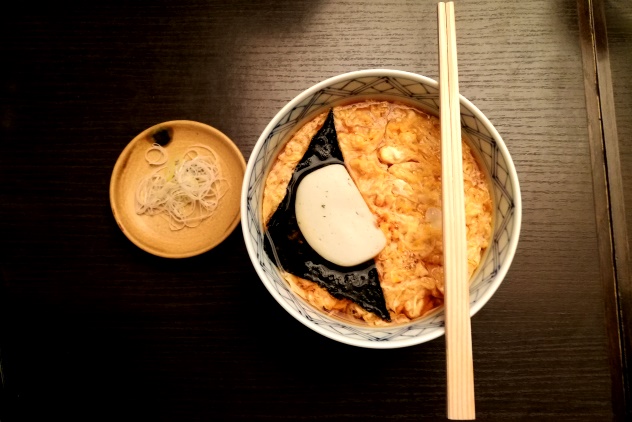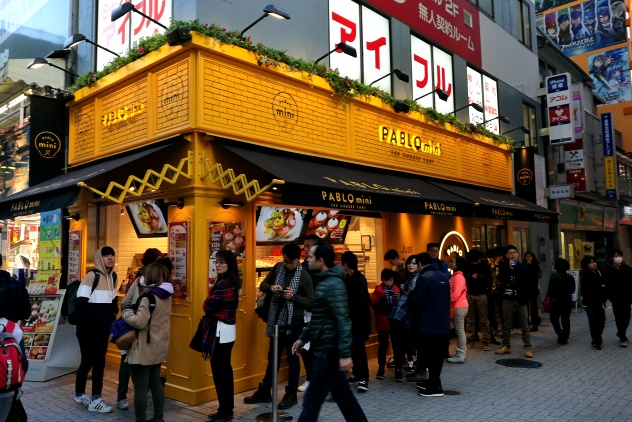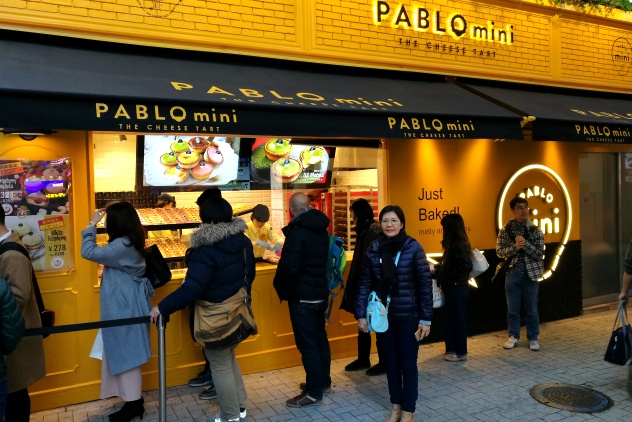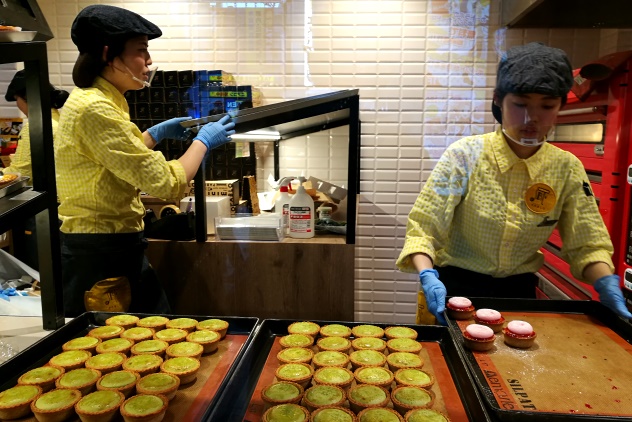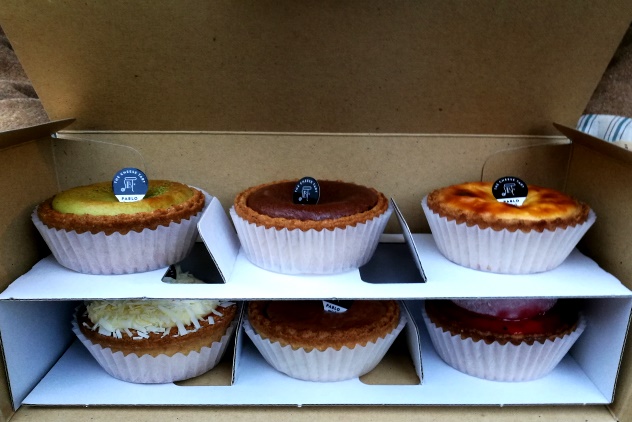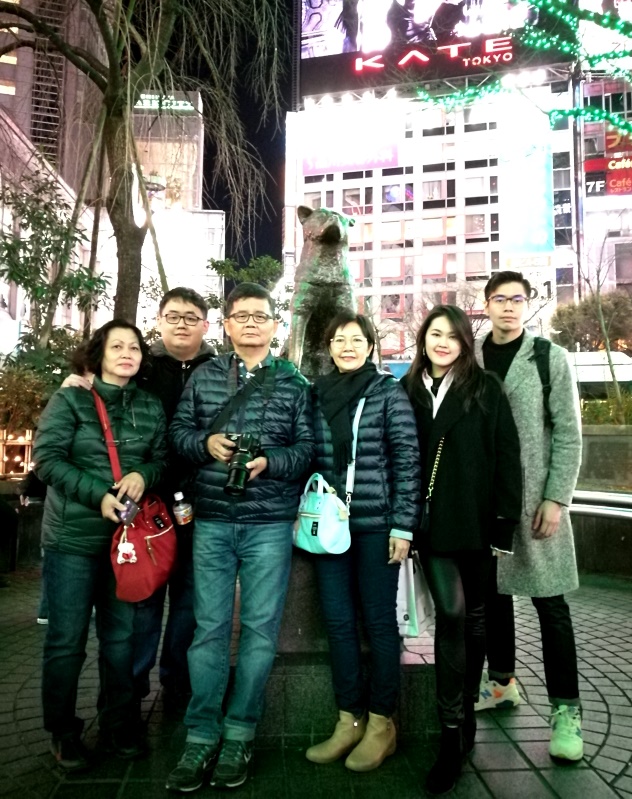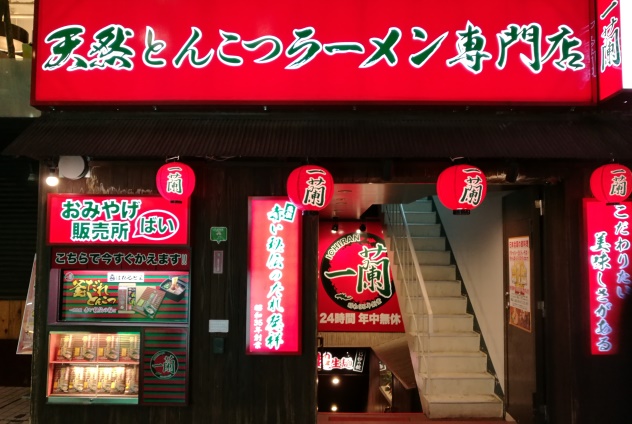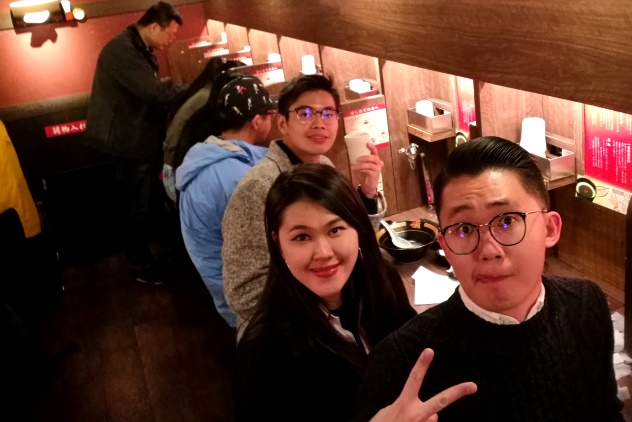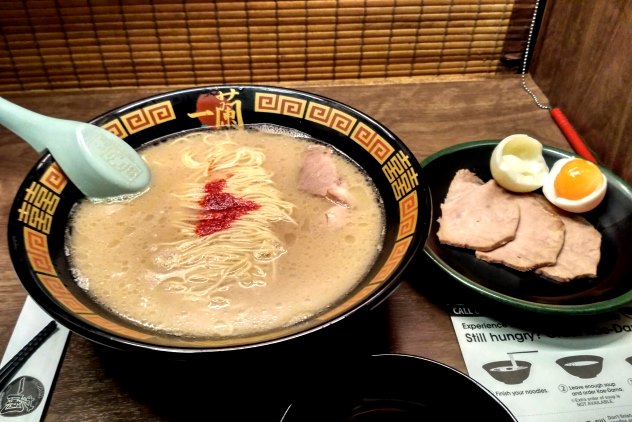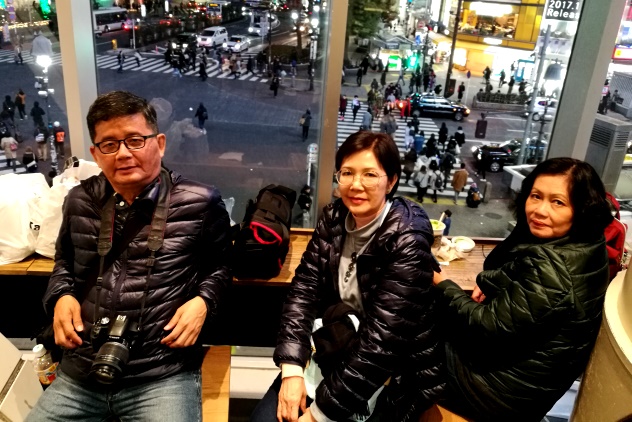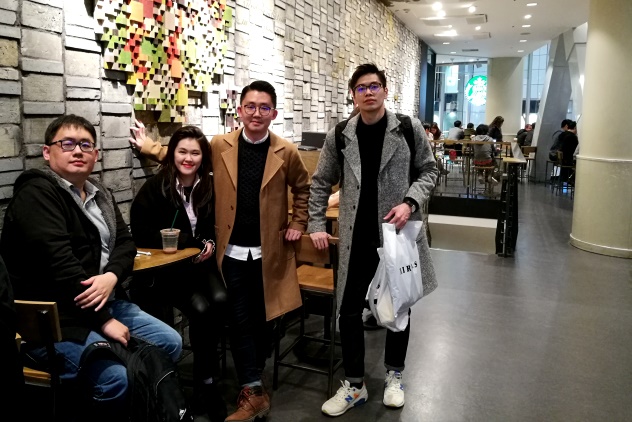January 30 was a beautiful day in Tokyo. As we stepped out of our hotel at about 9am to begin our fifth day in Japan, we could see that it was a sunny day with blue skies. We went to Coffee Room Renoir Ginza not far from our hotel for breakfast.
After breakfast, we walked to Daimon Station where we took the subway to Tsukijishijo Station. From Tsukijishijo Station, we walked to Hamarikyu Gardens. On the way, we passed through by lot of skyscrapers in the Shiodome district of Tokyo.
Hama Rikyu is a large, attractive landscape garden in central Tokyo. Located alongside Tokyo Bay, Hama Rikyu features seawater ponds which change level with the tides. The genteel 17th century garden stands in stark contrast to the skyscrapers of the adjacent Shiodome district.
Opened on April 1, 1946 Hamarikyu Gardens is located at the mouth of the Sumida River. It is a 250,165 m² landscaped garden surrounding the huge Shioiri-no-ike Pond (incoming tide pond), Tokyo’s sole remaining saltwater pond. A sluice gate regulates the water level with the rise and fall of the tides.
The park itself is surrounded by a seawater moat filled by Tokyo Bay. The garden has served many purposes over the centuries. It was originally built as a feudal lord’s Tokyo residence and duck hunting grounds during the Edo Period (1603-1867), but later served as a strolling garden and as an imperial detached palace before eventually being opened to the public in its current form.
The garden is beautifully landscaped.
Shioiri-no-ike Pond features a small island, Nakajima, with a tea house, first built in 1707, accessible over long wooden footbridges. The teahouse serves macha and mochi. We tried out both the macha and the mocha, both of which were nice. Indeed the mochi looked so cute.
From the teahouse, we could get a great view of the garden and the skyscrapers of the adjacent Shiodome district.
One of the must-see is the flower garden. The garden has a field of some 300,000 stalks of rapeseed (nanohana) plants. The rapeseed flowers were in full bloom in a sea of yellow, enveloping the vicinity in a sweet fragrance and offering the view of a sea of yellow flowers against towering skyscrapers. It was a sight to behold!
We spotted some plum blossom trees that were already blooming with beautiful flowers. We only saw a few types of flowers apart from the rapeseed and plum blossoms as a lot of flowers were not in bloom yet.Another highlight was the 300-year-old pine tree near the entrance of the garden.
As we strolled around the garden, we saw a few eagles gliding in the air. There were some other birds scavenging for food on the ground, flying in the air and resting on some trees. In the pond, there were quite a lot of wild ducks.
We saw some buildings with interesting Japanese designs but we were not sure what were these buildings for. There are a few beautiful small bridges in the garden.
We enjoyed the tranquillity and the lovely respite from the hustle and bustle of Tokyo. After spending a couple of hours in the garden, we had to leave as we wanted to visit Akihabara. From Tsukiji Station, we took the subway to Akihabara.
Akihabara (秋葉原) is a wonderfully frenetic district of lights, high rises, colourful signboards and electronics shops and the mecca of Japan’s otaku (diehard fan) culture with many shops and establishments devoted to anime and manga. The name ‘Akihabara’ comes from the Japanese word ‘Akibagahara’ (秋葉が原) which means ‘autumn leaf field.’ Akihabara is also known as Akiba, named after a fire-controlling deity for a fire-fighting shrine built after the area was destroyed by a fire in 1869.
Akihabara has some of the biggest, brightest and best gaming arcades in Tokyo. These arcades draw in endless game-hungry visitors. Gamers, right near the station, is a favourite with the Akiba crowd.
Japan takes UFO Catchers to the next level. Akihabara is riddled with these machines that offer everything from cheap novelty toys to video games and anime/manga merchandise as prizes.
If you are looking for adult merchandise, head to Love Merci, a mutli-storey store that is said to offer a staggering variety of such items. The third and fourth floors are for men only and are off-limits to women. We did not enter the store so I cannot show you any photos.
The many anime DVD and/or manga shops sell DVDs, digital and printed arts. There are many shops selling the latest publications on the market, and there are just as many second hand shops selling the classics and rare finds.
Volks Akihabara Hobby Paradise, right next to JR Akihabara Station, specialises in gathering together all the elements of Akihabara’s hobby culture, offering figurines, toys, plastic models, nuigurumi (plush toys), t-shirts, trading cards, miniature toys and other merchandise with popular character designs.
For the latest electronic products on the market, visit one of the many huge electronics shops such as Yodabashi Camera, LAOX, Sofmap, Ishimaru or LABI. Each of these massive multi-floor stores carry a massive variety of products.
Akihabara is famed for its maid cafes, the apex of Japan’s kawaii culture. Maid cafes feature female staff members dressed as maids to serve and entertain the customer, or ‘master’.
We had a late lunch at Kanda Yabusoba, a restaurant with a nice ambiance. I had tamago-toji, a soba noodles in hot tsuyu soup topped with cooked egg. The soba was nice.
After lunch, we continued roaming the streets of Akihabara. Towards evening, we stopped at Pablo Mini to buy their famous cheese tarts. It is no wonder that their tarts are famous as the tarts were yummy.
From Akihabara, we took the subway to Shibuya. The Shibuya Crossing was packed with people as usual. We made a brief stop at Hachiko Statue to take some group photos.
We again had dinner at Ichiran Ramen where we had dinner on our first night in Japan. We enjoyed the ramen there during our first visit so we wanted to have it again.
With our hunger satiated, we again hit the streets of Shibuya. The shops and shopping centres were full of cute things. It was cuteness overload once again for us as we did some shopping for chocolates, biscuits, green tea and souvenirs. We were tempted to buy the cute cute things but we restrained ourselves from overspending as things are not cheap in Japan.
After shopping, we dropped by Starbucks in Tsutaya Building. Sitting near the first floor windows, we had a great view of the Shibuya Crossing.
After Starbucks, we took the subway back to our hotel, bringing our fifth day in Japan to a close. Back at the hotel, we started packing as we would be flying back to Singapore the next day. Having enjoyed our trip so much, we were seized by a tinge of sadness that the trip was coming to an end and that this was our last night in Japan before we fly back to Singapore.
 CY@CY Says Welcome to my dreamscape. Where a Lim is also a Ling.
CY@CY Says Welcome to my dreamscape. Where a Lim is also a Ling.
